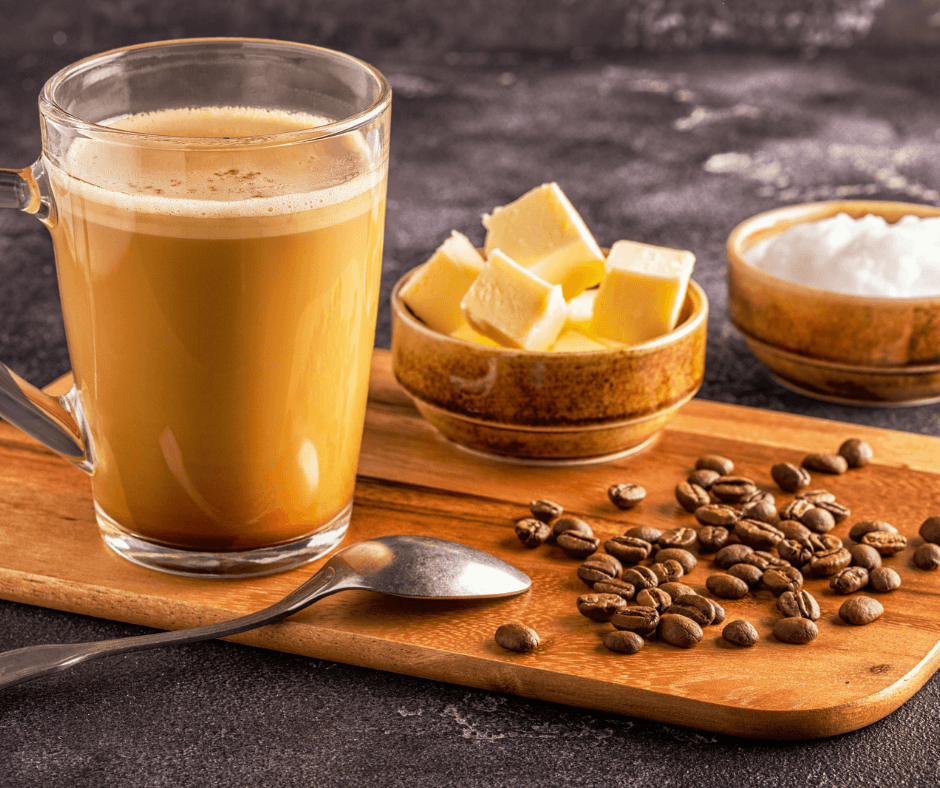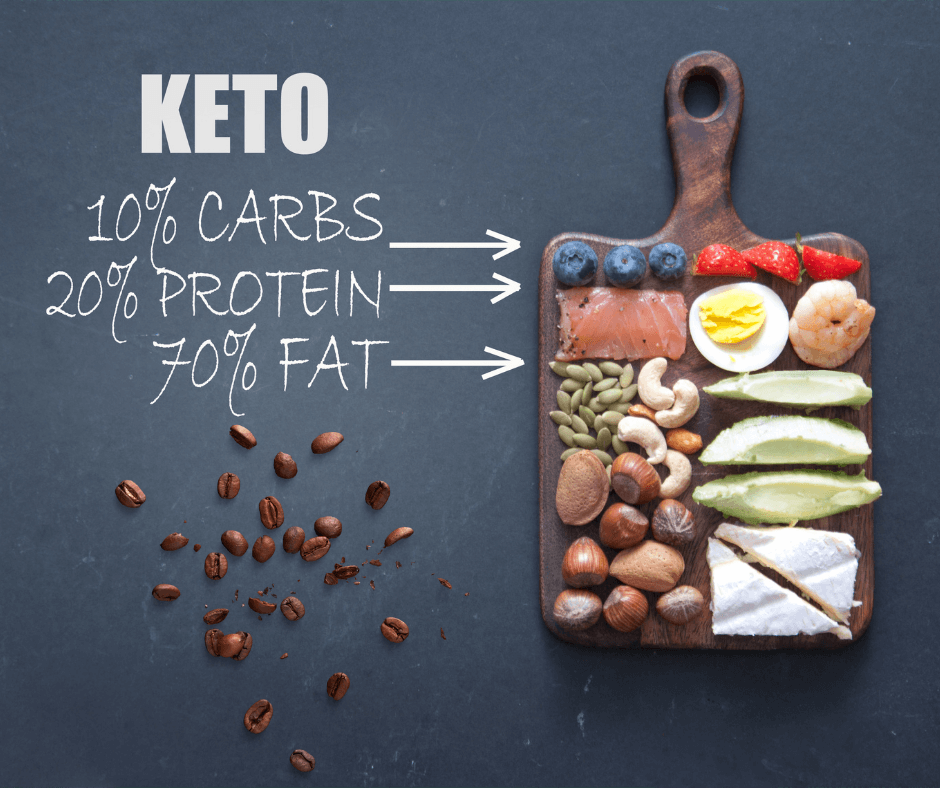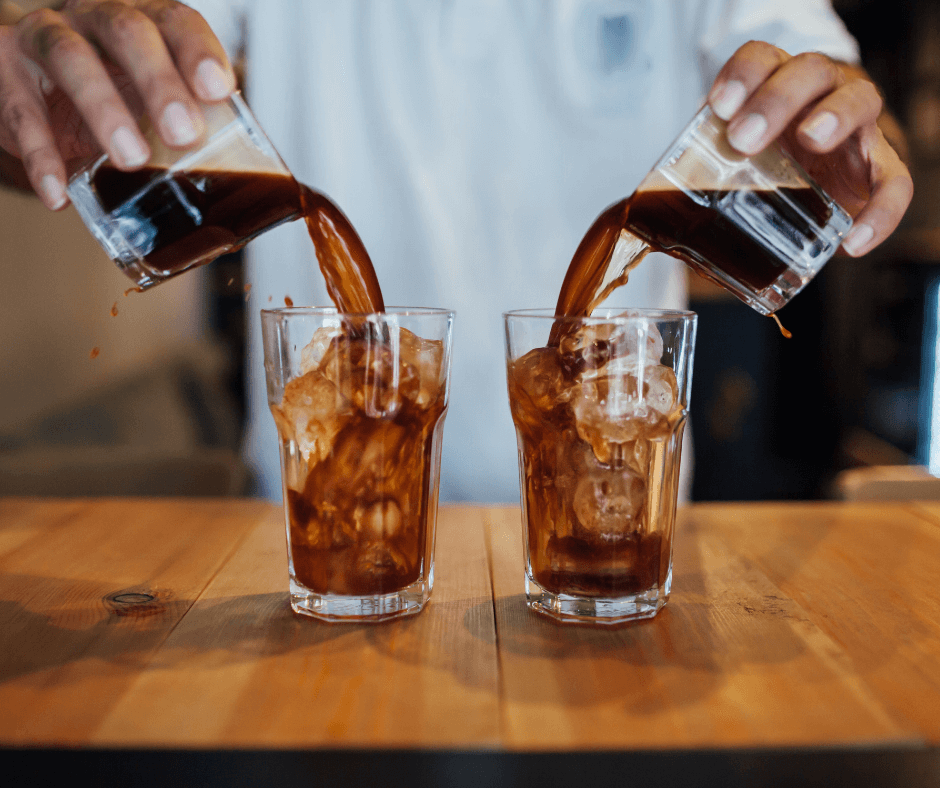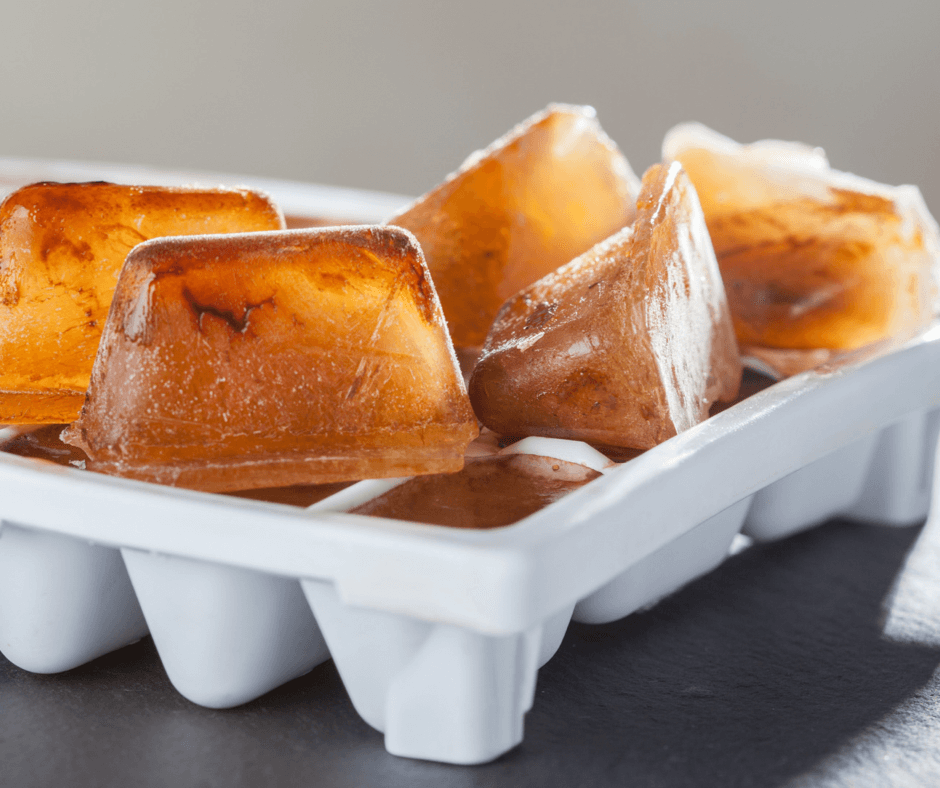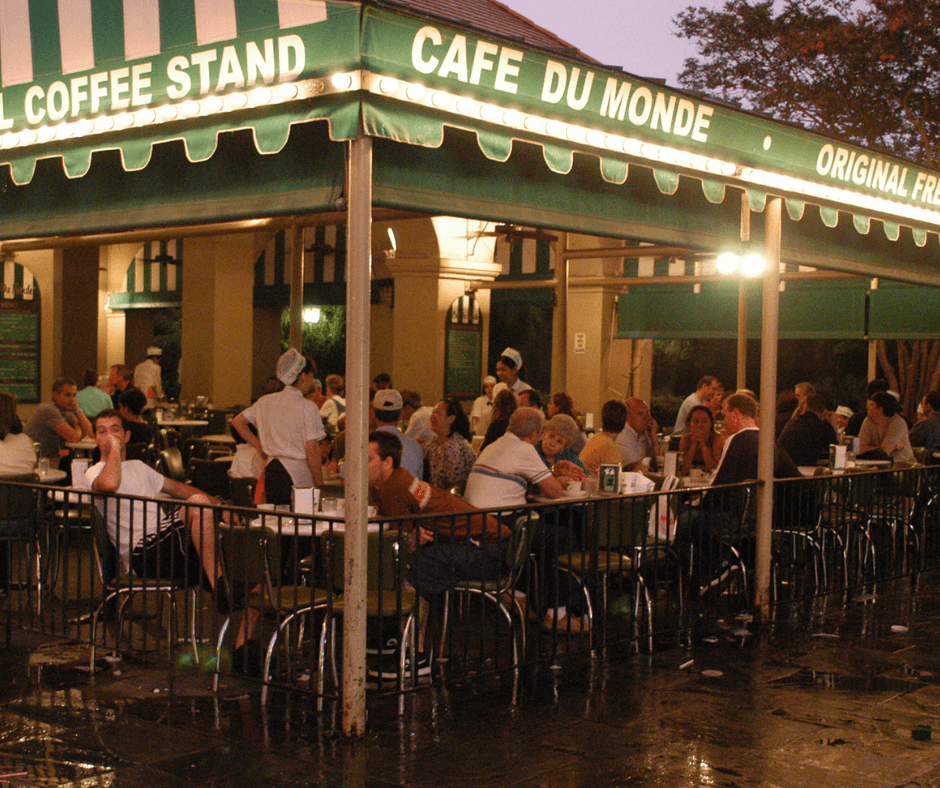
When it comes to evaluating the quality and characteristics of a certain coffee, cupping is “the” method used throughout the coffee industry.
Coffee producers and buyers use it as a method for isolating and evaluating different coffees, as well as for general quality control purposes.
Basically, cupping involves preparation of a coffee sample—or multiple coffee samples—using controlled, totally consistent variables.
The key to cupping is to cup the exact same way every time, so that any changes in taste, for example, can’t be attributed to variations in the process. (i.e. the brewing water was 1°F hotter, the coffee was brewed 5 seconds longer, a bird flew overhead, etc.)
Judging the quality of raw (green) coffee is one of the primary reasons that people in the coffee world engage in cupping, but industry professionals may also do it for other reasons; for example, when they’re developing and refining their roasting techniques, or experimenting with new roasts/flavor profiles.
As you probably already know, coffee quality isn’t just about taste and aroma.
Coffee samples can be evaluated across numerous categories, such as flavor, fragrance, brightness/acidity, body/mouthfeel, uniformity, sweetness, aftertaste, cleanliness, balance—even general “perception.” How’s that for subjective?
There are different scales for grading coffee that can affect how the coffee can be sold. For example, in the United States and Europe, one of the more commonly accepted tests* for determining whether a certain coffee should be considered “Specialty Grade” is achieving a score of 80/100 or higher on the Specialty Coffee Association’s grading scale.
*Unsurprisingly, different regions and organizations have different definitions of specialty coffee, and while the SCA’s definition is commonly used, there is no single test that’s used and accepted by everyone.
The SCA offers extensive—and I do mean extensive—recommendations for cupping protocol. They’re beyond the scope of this article, but you can read them here if you’re so inclined. https://sca.coffee/research/protocols-best-practices). They have standards for everything from measurements, times, and temperatures, to how quiet the cupping room is.
But besides being the industry standard way to test the quality of a sample of coffee, cupping is also a great way to expand your coffee horizons.
Just like attending a wine tasting, coffee cupping at home can help you learn to better identify (and appreciate) the differences between coffee varieties, as well as coffee originating from different regions.
Cupping can also develop your palate—improving your appreciation of some of the subtler flavor notes that can be found in different coffee varieties.
Many people who try cupping for the first time are surprised at how many differences they’re suddenly able to detect; not just in flavor, but in other qualities as well.
Want to expand your coffee horizons? Or just in the mood for something new? Check out our extensive collection of ground and whole bean coffees.
Want More Coffee Content?
- Daily Coffee Grind - Click Here
- Coffee Reviews - Click Here
- Coffee Brewing Guides - Click Here
- Coffee Brewer Reviews - Click Here
- All Things Tea - Click Here



